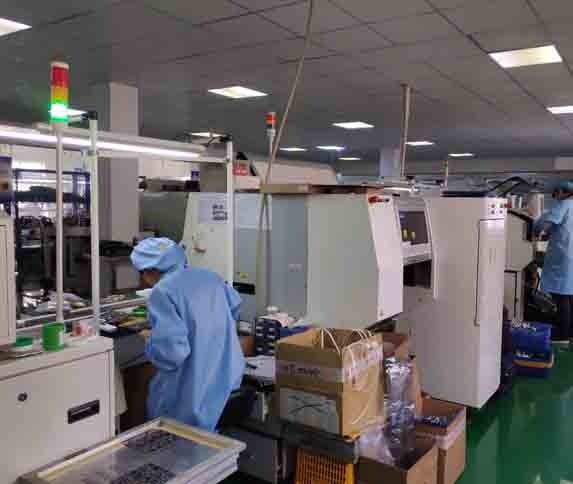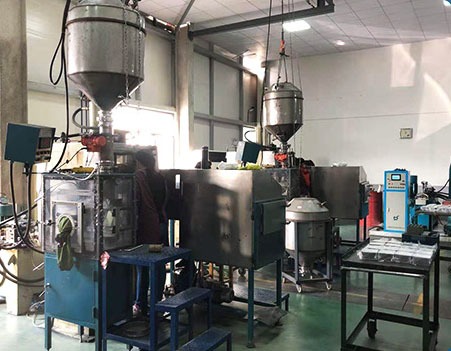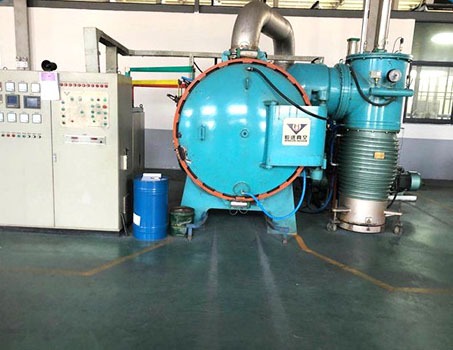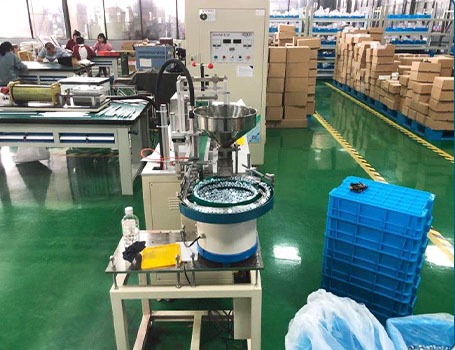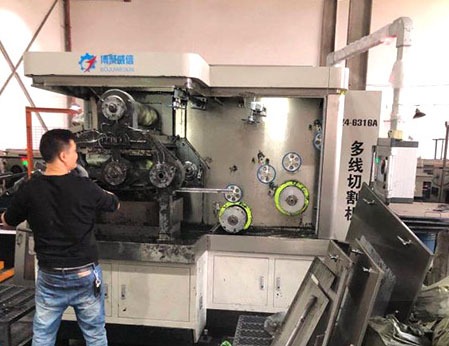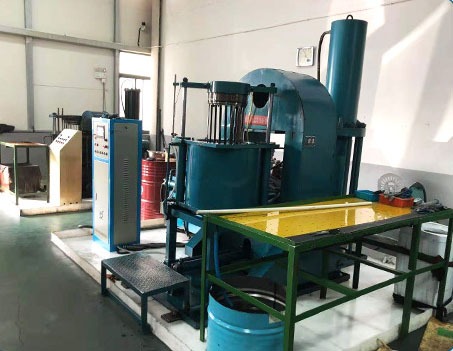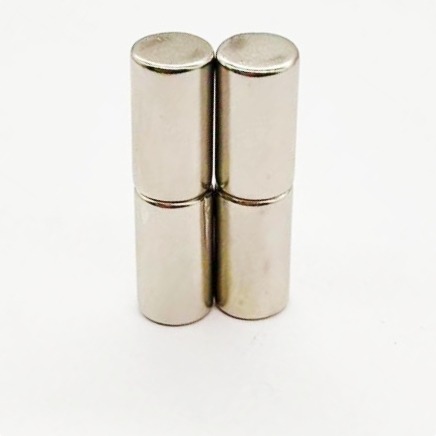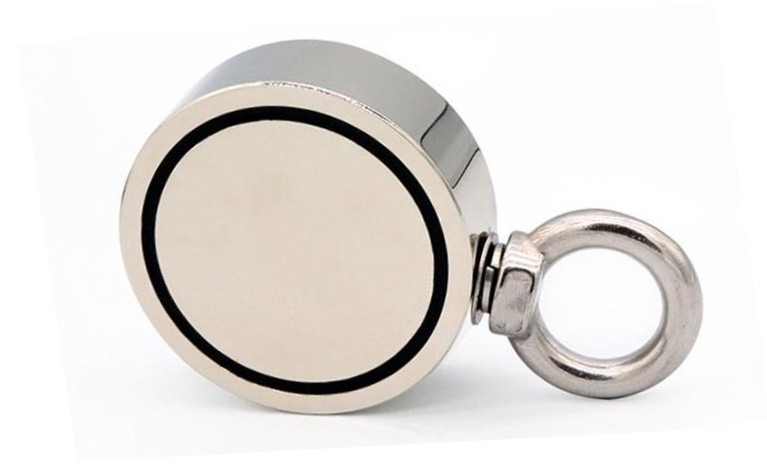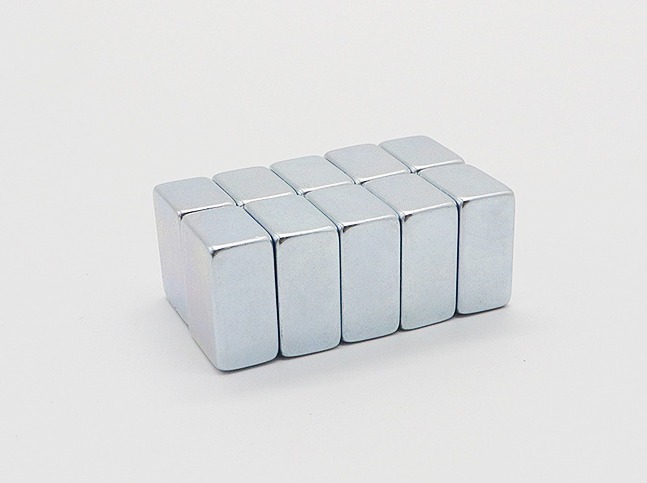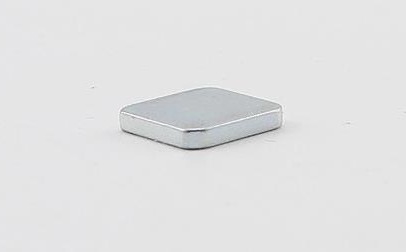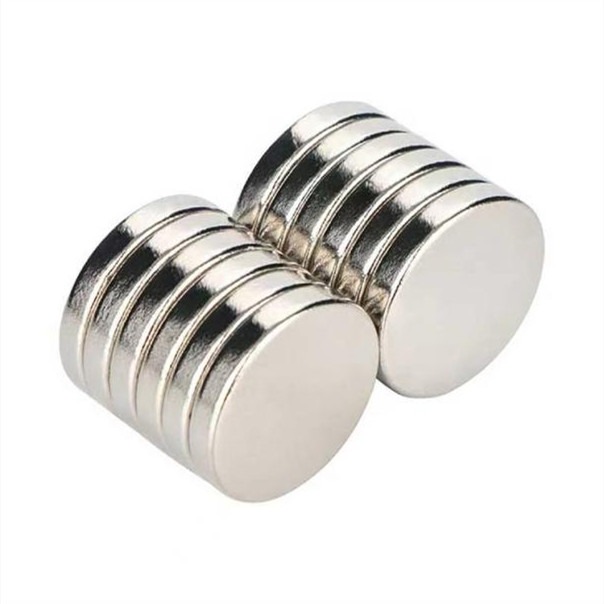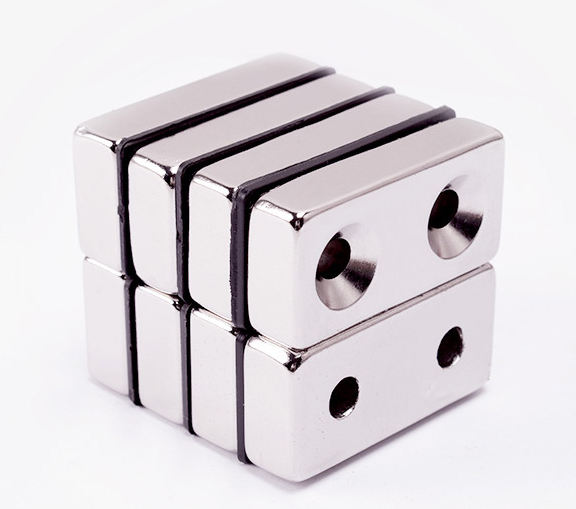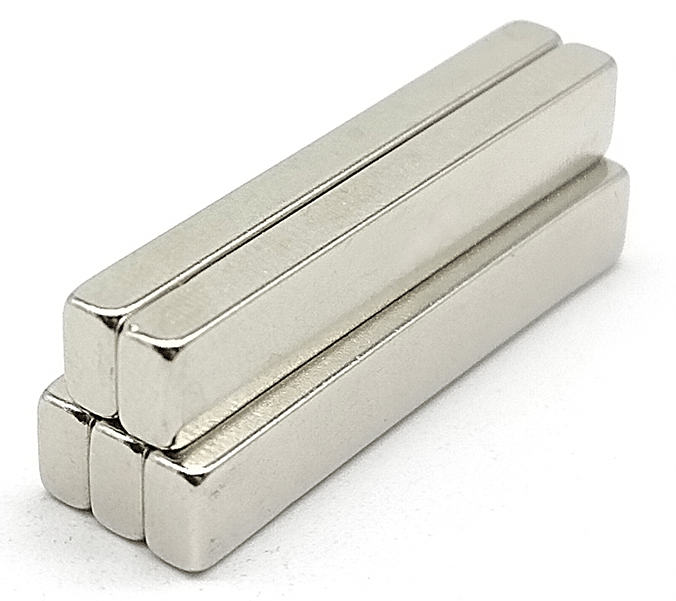How Are Neodymium Magnets Made?
Rare earth neodymium magnets (NdFeB) are the strongest permanent magnets available. Neodymium magnets are mainly made of an alloy of neodymium (Nd), iron (Fe) and boron (B). Small amounts of additional elements such as praseodymium (Pr), dysprosium (Dy), aluminum (AI), and niobium (Nb) are also added to it. These elements can be added to enhance strength, temperature resistance, and resistance to demagnetization and corrosion. Neodymium magnets are used in industries ranging from cell phones and computers to wind turbines.
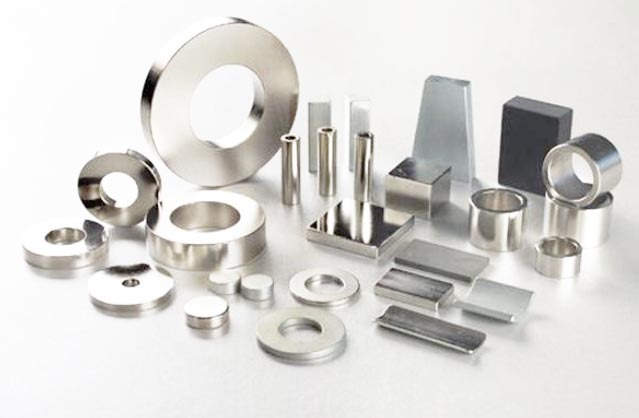
What is the Neodymium Magnet process?
Batching→melting and ingot making→pulverizing-→forming→sintering and tempering→magnetic detection→grinding→cutting→electroplating→finished product
The ingredients in the process are the foundation, and the sintering and tempering is the key.
NdFeB magnet production tools mainly include the melting furnace, jaw crusher, ball mill, jet mill, press molding machine, vacuum packaging machine, isostatic press, sintering furnace, heat treatment vacuum furnace, magnetic property tester, and Gauss meter.
1. Vacuum Heat Rare Earth Metal Particles in a Furnace
Elements (mainly neodymium, iron, and boron) are selected to produce magnets of specified grades. And by adjusting the chemical composition of the magnet to determine the magnetic polarization, curie point, magnetic flux density, and coercivity. After mixing, the elements are placed in a vacuum furnace where they are heated and alloyed through a process of vacuum induction melting, which uses an electric current to melt the elements while keeping them free of contaminants.
2. Melting and Ingot Making and Grinding
After melting, a block or bar-shaped ingot is formed. These alloy ingots are then ground into fine particles in preparation for pressing. Usually, the jet mill allows the production of particles of a specific size. The composition and mixture of the alloy determine the strength, grade, and other characteristics of the magnet, and for the production of neodymium magnets, the abrasive particle size is usually around 3 microns.
3. Pressing and Magnetization
After the grinding process, the particles are pressed together. The methods used are axial, transverse, and isostatic pressing, each producing slightly different final products. Each represents a specific relationship between the pressing axis and the magnetic alignment axis.
For axial pressing, the pressing axis and the alignment axis are the same. Transverse pressing means that the pressure axis is perpendicular to the alignment axis. Finally, applying pressure uniformly from all directions is called isostatic pressing.
During pressing, an external magnetic field is applied to align and set the magnetic domains of the particles in one direction, called the magnetization direction. Strength can be increased by maximizing magnetic orientation in the direction of the magnetic poles.
After the pressing process is completed, the magnetized material is demagnetized.
4. Sintering
After pressing, the magnets are not yet very strong, and sintering helps lock the magnetic particles in place by applying heat. The alloy mixture is heated high enough to adhere but below the melting point of the material. Sintering fuses the already-pressed particles together to form a solid mass.
5. After sintering, quench the magnet
After sintering, the magnet is quenched and the heated material cools rapidly, giving the material greater strength and hardness. After the sintered magnets are quenched, they are tempered to reheat and cool.
6. Machining
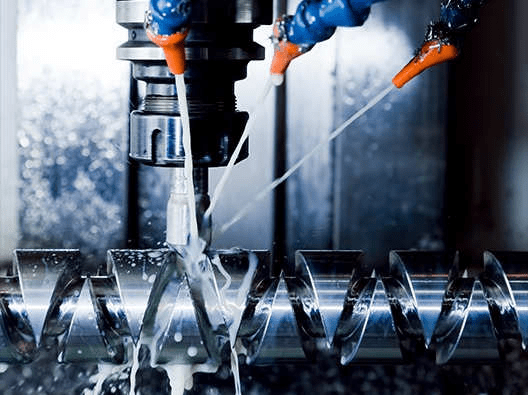
Sintering typically shrinks the magnet, often requiring machining to define shape and tolerances. After cooling, the magnets are machined into the desired shape using grinding and slicing, laser machining or EDM, etc., and are cleaned and dried before electroplating.
7. Electroplating
Neodymium corrodes, so to prevent corrosion, the magnets should be electroplated. Most neodymium magnets are plated with a layer of nickel, then a layer of copper, and finally a layer of nickel and other professional coatings and coatings can also be used according to specific requirements.
8. Magnetization
Now that the magnets have been assigned pole directions, they are not yet fully magnetic. To activate the magnetism, industrial magnetizers are often used. A magnet block is placed in it and exposed to a strong magnetic field, then the magnet is placed inside the solenoid coil and exposed to a magnetic field at least 3 times stronger than the required strength of the magnet and magnetized to saturation for maximum magnetic output.
KENENG manufactures and sells a variety of magnets, including neodymium magnets, ferrite magnets, Smco Magnet, AlNiCo Magnet, and many more. And as a powerful magnets manufacturer, it can also be customized according to your specific needs.

